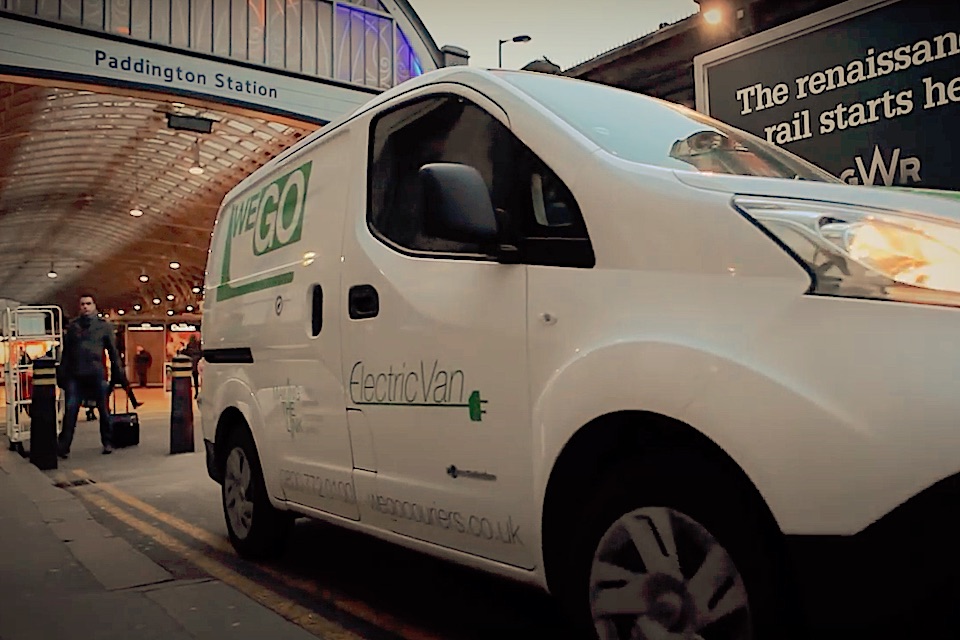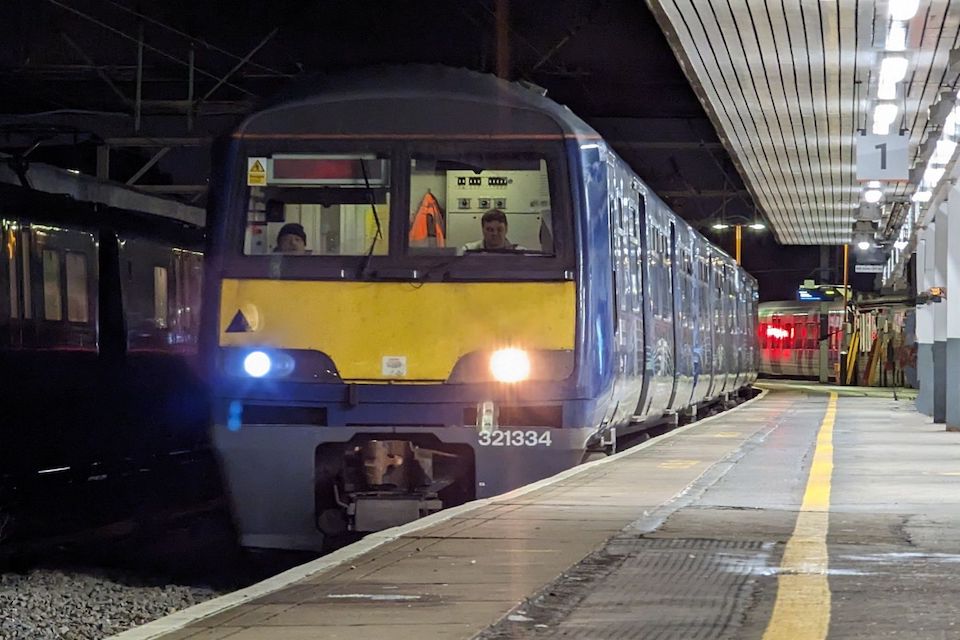London Waterloo at heart of radical rail freight proposals

The Cross River Partnership, a non-profit organisation dedicated to sustainable urban development, has set sights on Britain’s busiest passenger terminal. The partnership wants to turn Waterloo into a bustling logistics hub for the capital’s future freight requirements. Their plans are no ghost train, either. The partnership has the backing of serious stakeholders, ranging from infrastructure and management agencies to top consultants and government. Studies have already identified facilities at Waterloo for modern express logistics traffic.
The Cross River Partnership (CRP) has unveiled plans supporting the establishment of a ground-breaking freight hub at Waterloo Station in central London. In collaboration with the government’s infrastructure agency Network Rail (and its successor organisation, the Great British Railways Transition Team), the Partnership commissioned research conducted by transport consultancies Steer and Intermodality to explore the potential benefits of increased rail freight utilisation at Waterloo Station. The concept has been the subject of Network Rail’s own research into utilising assets at its managed stations around the UK.
Game-changer for London economy
The concept of freight at major stations is not new. Britain’s city centre passenger terminals were traditionally a hub of night-time activity, moving parcel traffic around the country. Recently, with the innovation of companies like ICRF running light logistics onboard passenger trains and Varamis Rail operating their overnight trains out of passenger platforms, there has been renewed interest in making more use of the fixed assets at stations. Network Rail complied an extensive survey of potential facilities at their portfolio of directly managed stations, which amounts to around twenty of the largest terminals in Britain. Waterloo figures prominently in that portfolio and has plenty of potential to fulfil the ambitions expressed by the Cross River Partnership.

“The Waterloo Freight Hub is poised to be a game-changer for both London’s economy and environmental sustainability”, says a statement from CRP. “Leveraging the existing undercroft space at Waterloo Station, the hub will serve as a central hub for receiving, sorting, and redistributing rail freight across a significant portion of London. This operation is anticipated to benefit 3.5 million residents and over 200,000 businesses.” Crucially, given London’s tough environmental regime, CRP proposes that all onward journeys from the hub would be conducted using eco-friendly modes of transport, including electric cargo bikes. They say this has the potential to reduce London’s carbon footprint by up to 2,500 tonnes of carbon dioxide emissions annually while significantly lowering noise pollution levels associated with traditional delivery vehicles.
Smarter Greener Logistics
Cross River Partnership is a public-private partnership originally formed to deliver cross-river infrastructure projects such as London’s River Thames Millennium Bridge. CRP has since diversified to deliver a wide range of externally funded, multi-partner regeneration projects. The Waterloo Freight Hub, therefore, has some serious players behind the concept. Collaboration comes from Network Rail, GBRTT, and other key stakeholders, including local government. That’s why the CRP is working towards the earliest possible implementation of freight operations in the Waterloo Station undercroft, slated to commence in early 2024. Initial operations will focus on clean road freight, with plans to incorporate larger volume rail freight once operational logistics are finalised.

The central government is behind the scheme, with funding through a scheme called the Smarter Greener Logistics program. According to figures quoted by the Partnership, a vanishingly small one per cent of rail freight is from the courier, express, and parcels market (CEP). That, however, is rapidly growing on the back of innovative operators and the surge in online retail. The Waterloo Freight Hub could serve as a catalyst for supporting the CEP industry during its phase of rapid expansion. Modelling estimates by CRP, Steer, and Intermodality suggest that, with up to 20,000 parcels processed daily, the introduction of one daily dedicated freight train combined with cargo bike onward journeys could lead to 165 new local “green jobs” and a noteworthy 44 million pounds (52 million euro) in local business turnover per annum.




